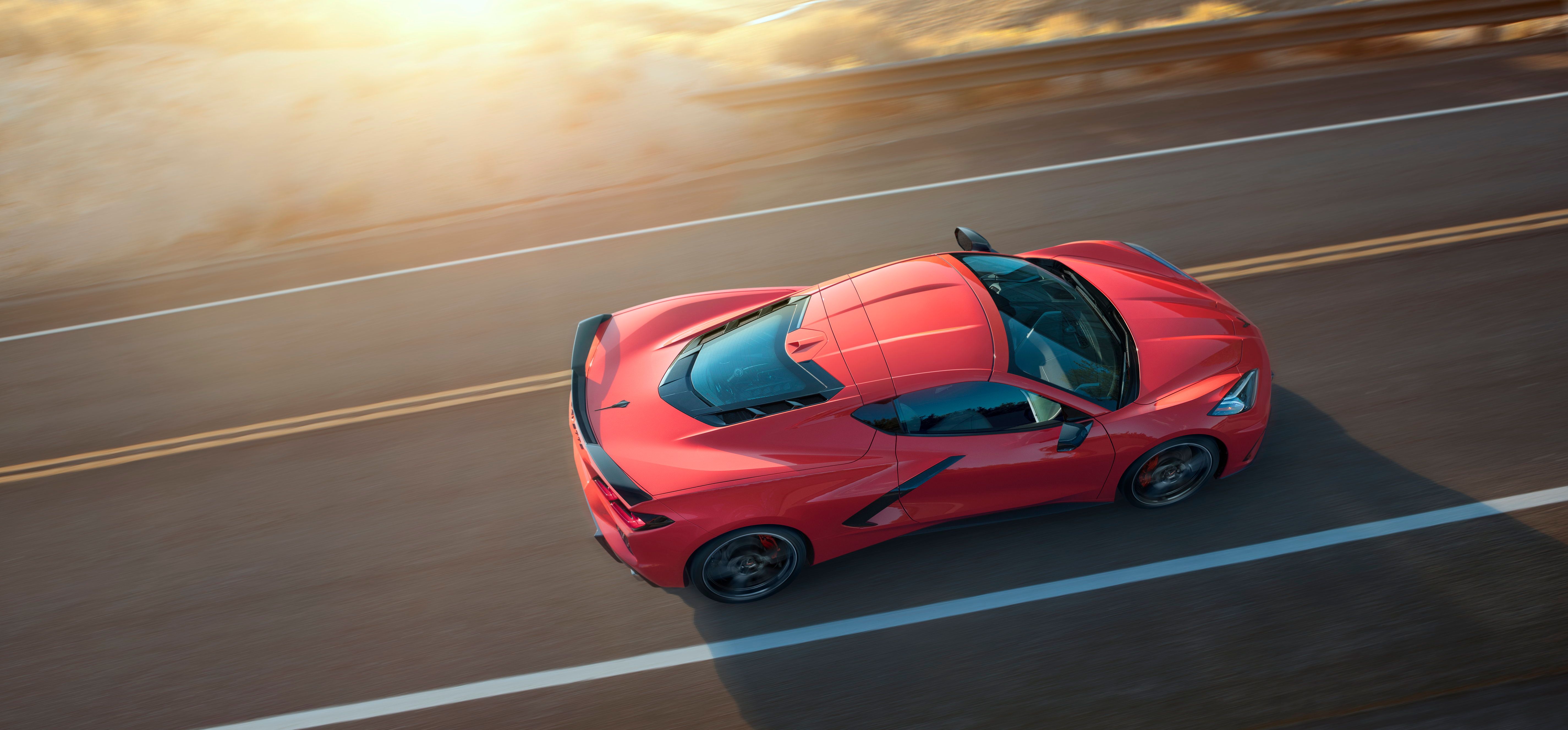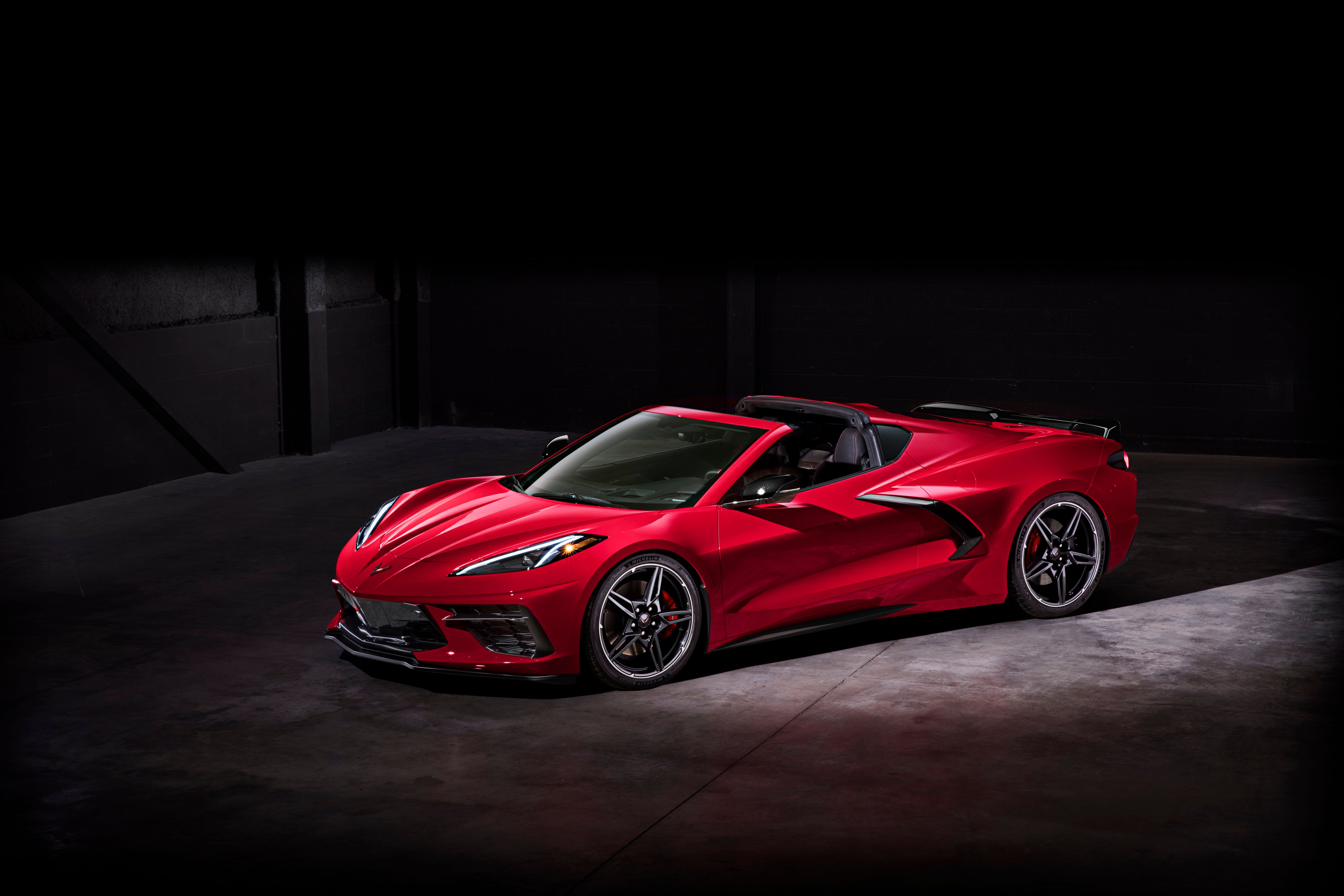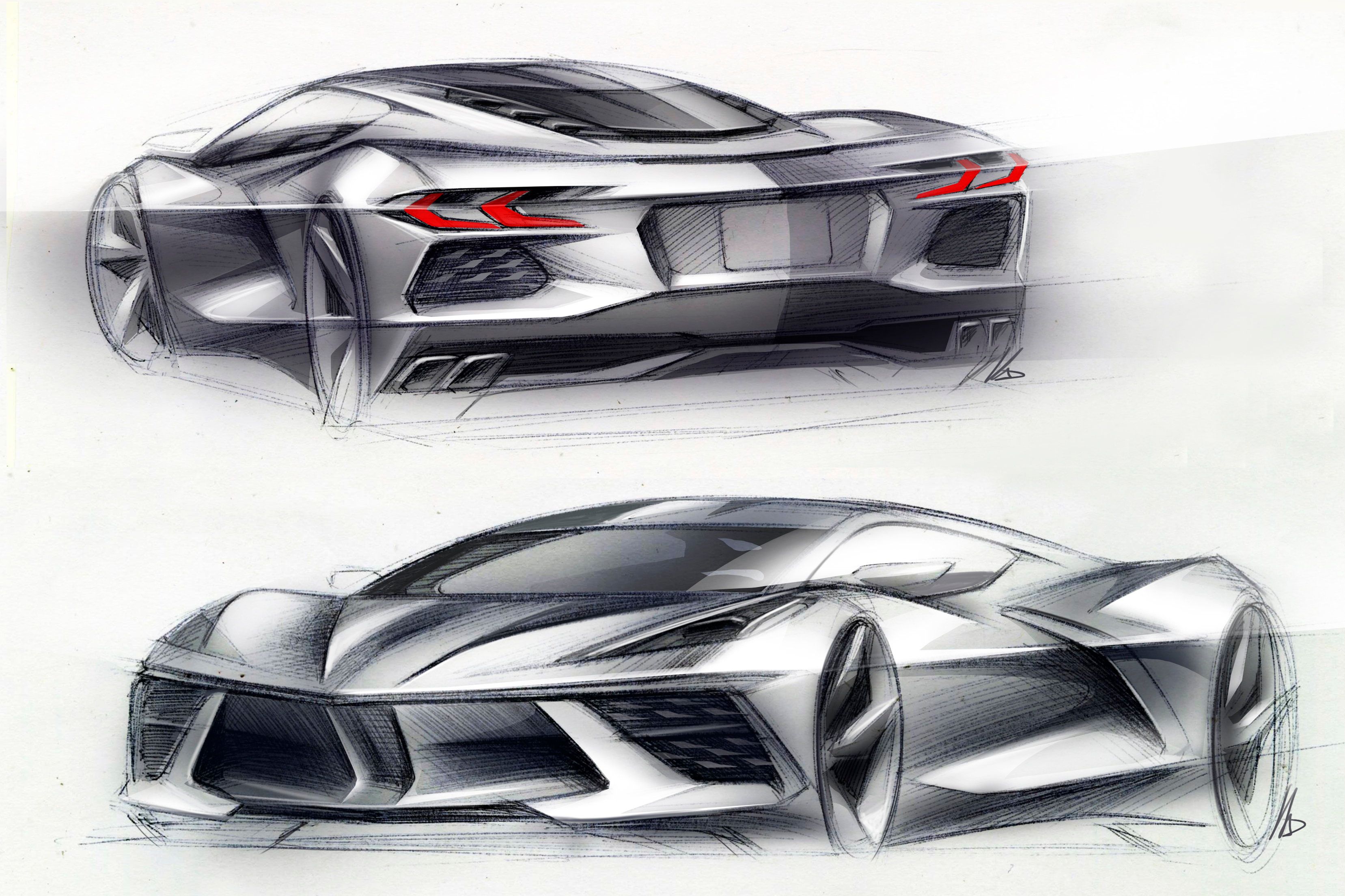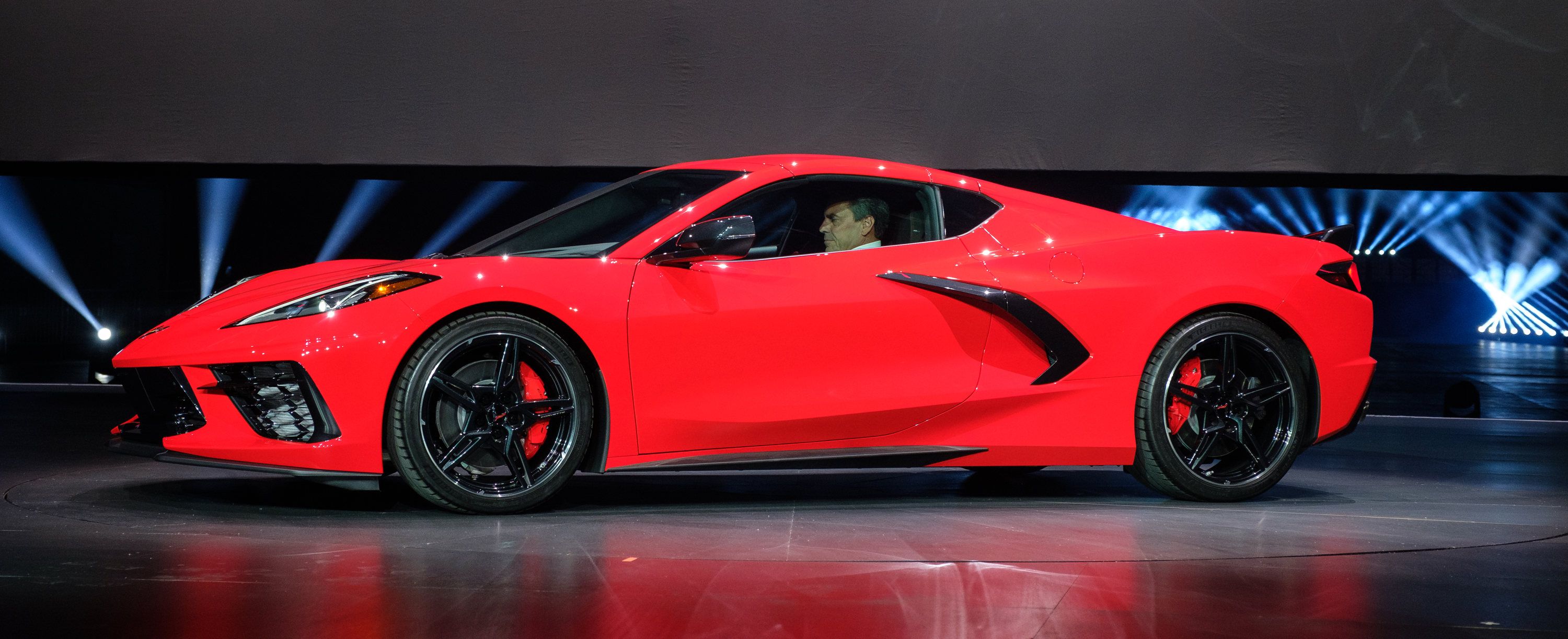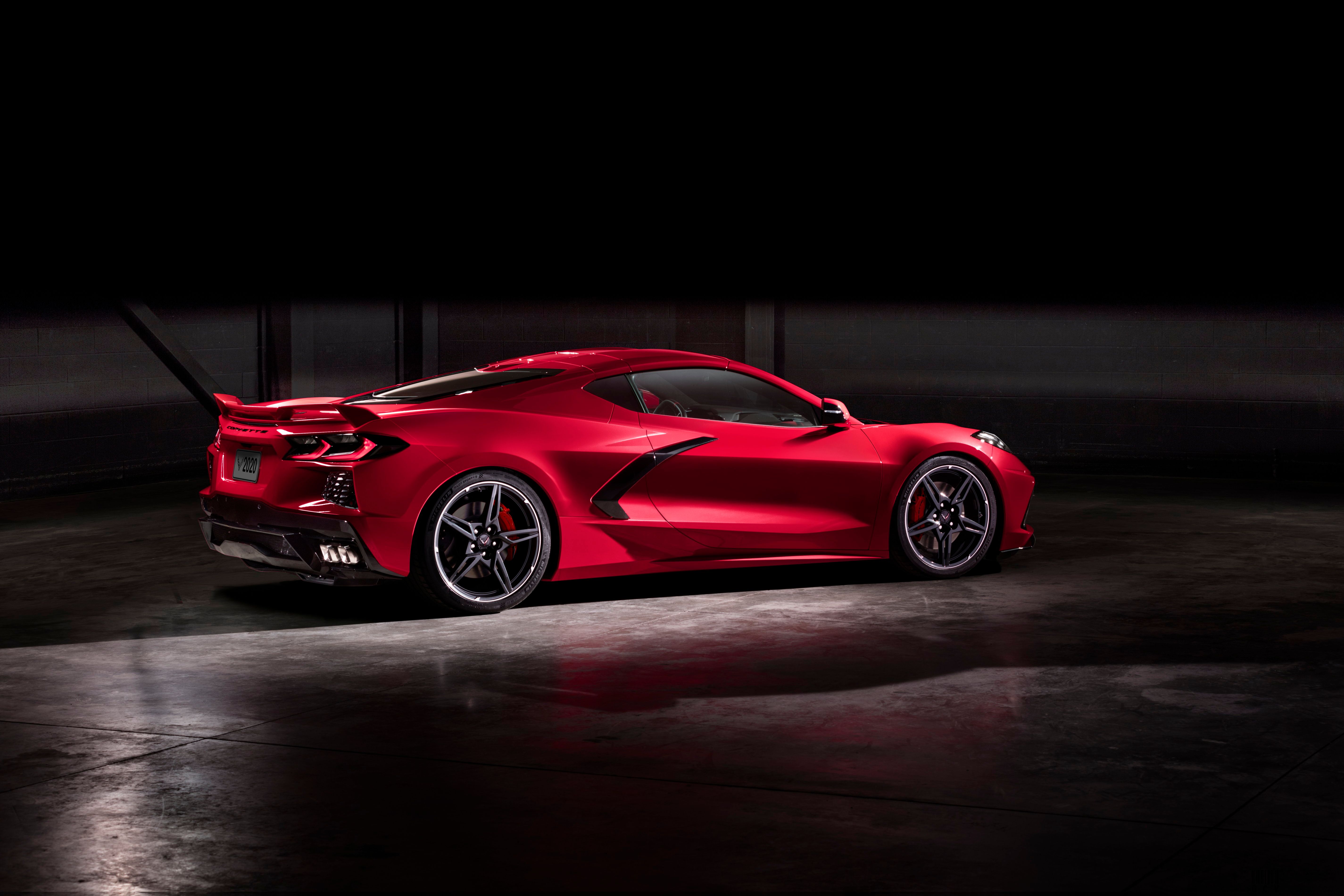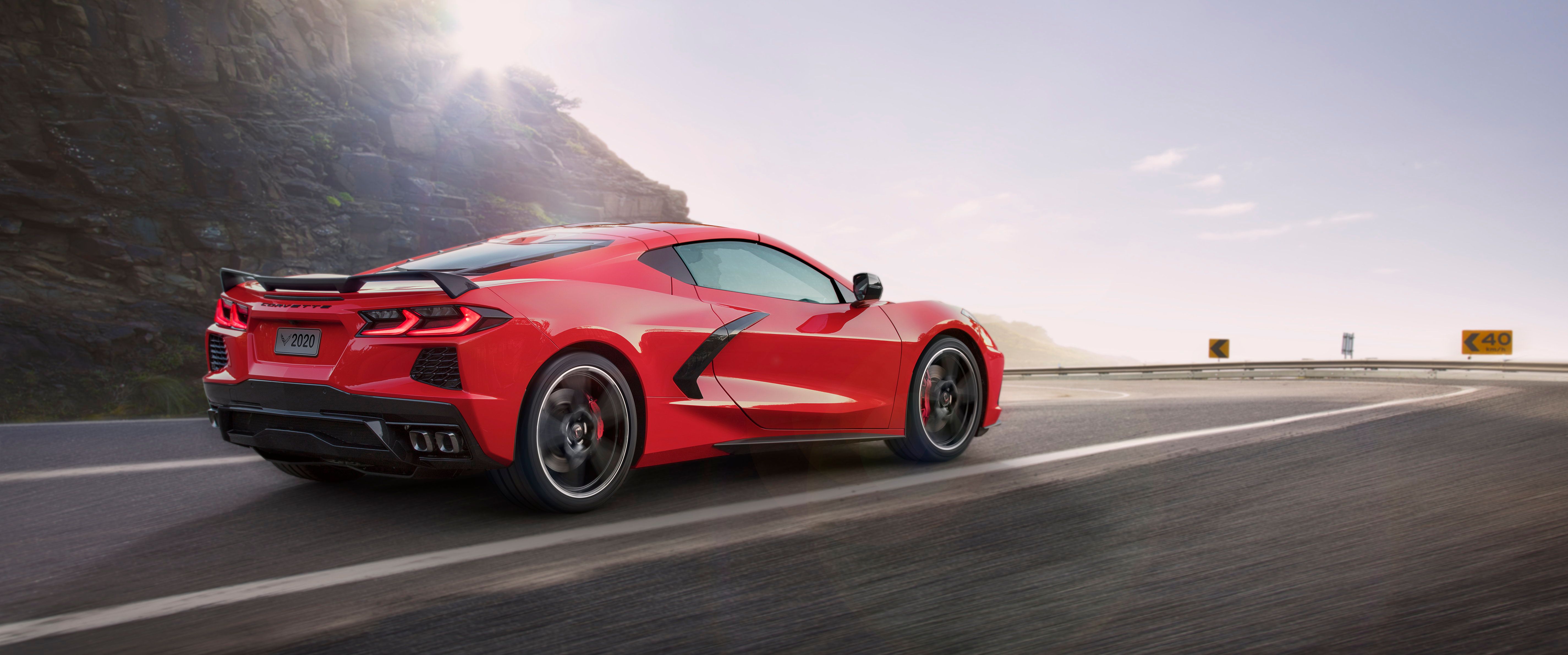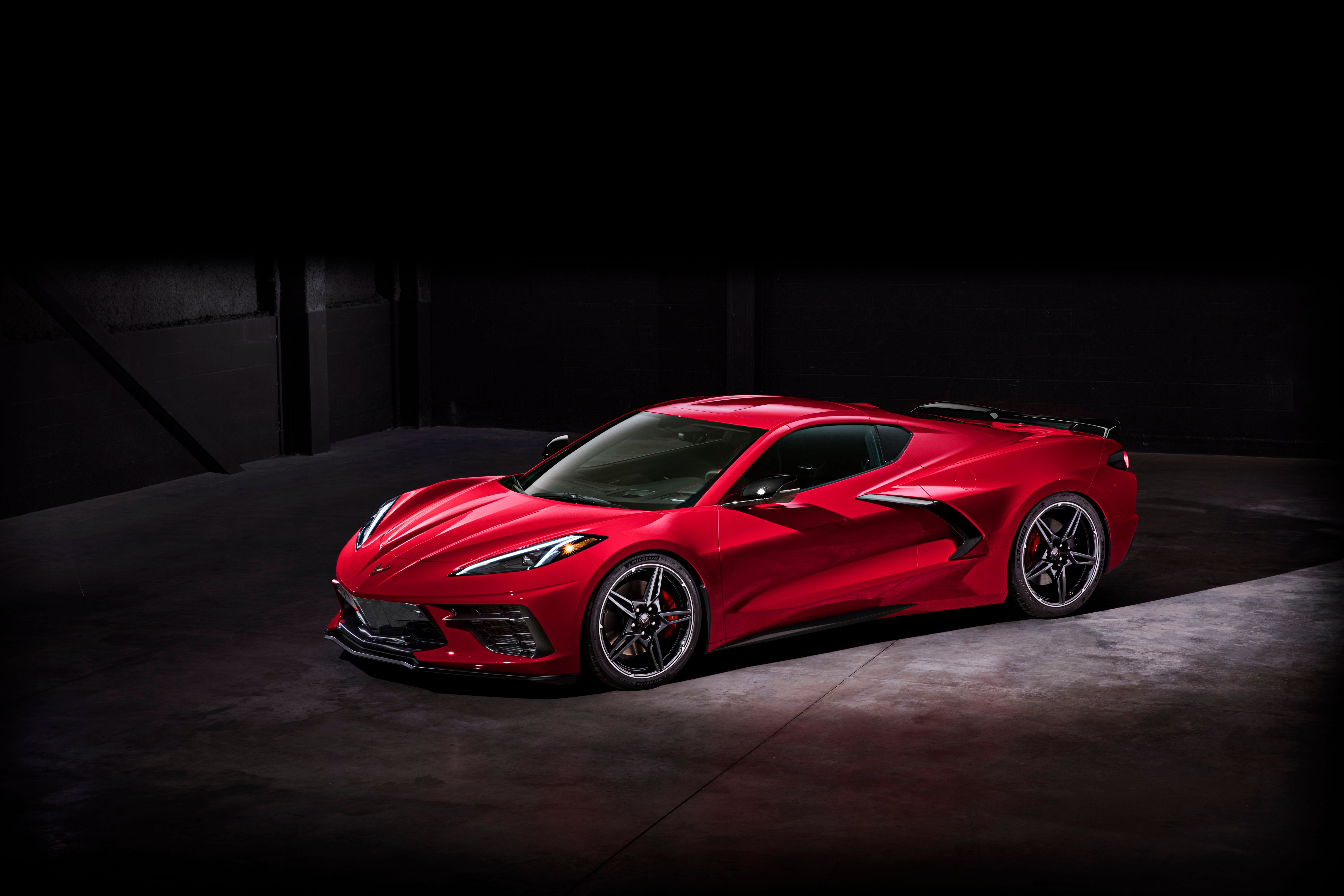It’s safe to say that Chevrolet accomplished what it initially set out to do with the all-new Chevrolet Corvette C8. The move to make the next-generation Corvette a mid-engine performance car has so far been met with positive reviews. The reactions are still fluid and will remain fluid for at least a few more years, but as far as the initial salvo’s concerned, the Bowtie nailed this one out of the park. Unfortunately, this is no time for celebration for Chevy because it has another important decision on its hands regarding the fate of its other iconic performance nameplate: the Camaro muscle car. Unless you’ve been consumed with anything and everything about the Corvette C8, there are rumors that Chevy is killing the Camaro yet again. Development for a seventh-generation Camaro started, but the automaker decided to cancel the program and stretch this generation’s life a few more years until it fades off into the sunset. It would be a very undignified way for the Camaro to go, but what if — of all things — the 2020 Chevrolet Corvette C8 comes in and saves the Camaro from getting its head chopped off. It’d make for a great story, sure, but there are legitimate reasons — we thought of five of them — why it could happen, too.
Now That the Corvette is a Mid-Engined Car, The Camaro is a Worthy Front-Engined Performer
|
|
ids=852639,852640 |
no_overlay=false |
before_label=Chevrolet Corvette C8 |
after_label=Chevrolet Camaro> |
Variety can be a wonderful thing. Instead of having to pick between two apples of different sizes, you now get to pick between an apple and an orange. Sure, both are still classified as fruits, but they look different, taste different, and provide different nutrients to the body. The allure of variety applies to a lot of things, and it most certainly applies to cars.
But those days are gone now that Chevrolet has turned the Corvette C8 into a mid-engine performance car. Suddenly, it becomes OK to buy a Camaro and a Corvette, provided that the finances work out. This works out well for the Camaro, which doesn’t have the benefit of singing under the banner of an all-new, next-generation model like the Corvette C8.
At the end of the day, the current Camaro proves that Chevrolet can still build a serious front-engine performance car. Now that Chevrolet has moved the Corvette’s engine to the rear, we can now have two cakes and eat and enjoy both of them without worrying about liking one over the other.
The Camaro Is No Longer At Risk of Being Cannibalized by Corvette Sales
The 2020 Chevrolet Corvette Stingray C8’s $60,000 price tag is both a boon and a bane to consumers. It’s a great starting price for those looking for a serious supercar-worthy model without having to spend six figures to buy one. On the other hand, the $60,000 price remains well out of reach for buyers on a budget. With the Corvette now priced higher than it’s ever been, the price gap between the sports car and the Camaro increases as well. That could entice more buyers to purchase the latter, especially if they’re not willing to spend at least $60,000 on a performance car with a bowtie in its grille.
Think about it in these terms: the entry-level, four-cylinder Camaro LT1 starts at less than $35,000. The more powerful Camaro SS, with its 455-horsepower V-8 engine, can be yours for under $40,000. That’s a $20,000 price difference between the two models. Granted, the Camaro doesn’t have the “all-new” label that’s attached to the Corvette C8 — and all the performance bells and tech whistles that come with the label — but there are some people that would prefer to move away from that allure if it means saving money along the way. The Camaro now makes for a fantastic option, not only because it’s cheaper than the Corvette C8, but also because it sits at a price point that’s far more attainable than the Corvette C8.
The Chevy Camaro is Now the Only Muscle Car In Chevy's Lineup
I’ve often lamented about the business effects of over-saturation and cannibalism, especially in a world as competitive as the auto industry. Granted, Chevrolet has done a great job creating some pricing distance between the Corvette and Camaro, but it’s not hard to imagine that either of these two models have lost sales at the expense of the other, more so in the Corvette’s case because it’s the more expensive model of the two. But Chevrolet’s decision to stick a $60,000 base price on the Corvette C8 creates even more room for both models to breathe.
This shouldn’t be a problem for the next-generation Corvette C8 because that “all-new” shine will probably shield it from a lot of the sales ills that have taken the legs of its muscle car brethren. But the wider distance in pricing is great for the Camaro because customers who won’t be able to afford the Corvette can look at it as a cheaper alternative netting the same, or at least similar, performance returns. That outlook could cause a rebound in sales of the Camaro, which has fallen dramatically since the sixth-generation model sold only 72,705 units in 2016, its first year of production. It hasn’t gone better for Chevy’s resident pony car, too. Last year, the Bowtie only sold 50,963 units of the Camaro, the lowest total since GM brought it back in 2009. To be fair, the Camaro’s chief rivals, the Ford Mustang and the Dodge Challenger, have experienced their own sales slumps as well. But Ford still sold 75,842 units of the ‘Stang in 2018 while the Dodge wasn’t far behind with 66,716 sold units of the Challenger last year. Do you know which ones lagging? The Camaro. By a lot.
You can point to a lot of reasons behind the Camaro’s doldrums, but you can’t deny that possible cannibalism from Corvette buyers has something to do with it, even if it’s a minor reason. The bigger reasons, as far as I can tell, is the market’s slow and steady turn towards hybrid and electric vehicles. But even with that cloud hanging over the heads of models like the Camaro and the Corvette, Chevrolet still has to push forward to promote its two iconic performance cars. It’s already done its part with the Corvette. Now it should do the same with the Camaro, especially that the two models aren’t close to overlapping each other anymore.
With the Corvette Out of the Way and Competitors From Dodge and Ford Thriving, Chevy Has No Choice But to Introduce a New Generation of the Camaro
Thriving, in this sense, can be used relatively to describe the state of the Chevrolet Camaro’s biggest competitors, the Ford Mustang and the Dodge Challenger. While it’s true that the Mustang and Challenger are outselling the Camaro by healthy margins, both muscle cars are also experiencing sales declines.
This is where pride takes over, or at least should take over. Is Chevrolet willing to take a PR beating by discontinuing the Camaro because it can’t keep up with its rivals? That’s tantamount to throwing the white flag instead of hunkering down and fighting the current trend. Not only is it a bad look, it could irreparably damage the Camaro’s reputation in the near and far future. I don’t think Chevrolet’s willing to do that for one of its most important nameplates. Remember, there was a time when the Corvette was close to getting axed, too. Instead of dropping the guillotine, Chevrolet fought through the downtimes and kept the Corvette above water long enough to revive the model and return it to relevance. Look at the demand for the Corvette C8. Chevrolet says that the first-year production allocation is sold out.
Chevy needs to think long and hard about its plans for the Camaro. Will it continue the fight against Ford and Dodge or will it shrug its shoulders and shelf the Camaro for the second time in 20 years? I know what my answer would be if I was Chevrolet. I’m just not in their shoes to make that decision. Does the Camaro’s legacy matter to Chevy? Only time will tell.
Legacy Matters for both the Corvette and the Camaro
I’ve been asked an awful lot lately if I thought Chevrolet was going to discontinue the Camaro. Without going into specifics, I reminded those who asked that Chevrolet has done it before and if it can’t make a good business case for the muscle car, it won’t hesitate to do it again. That’s the cold reality that automakers have to deal with because, first and foremost, they’re businesses. If a product doesn’t make money after all the investments put into it, then it doesn’t make sense to keep investing in that product, legacies be damned.
But that’s also what Chevrolet will have to deal with it in case it retires the Camaro (again).
Further reading
Read our full review on the 2020 Chevrolet Camaro.
Wait, the All-New 2020 Chevrolet Corvette C8 is Priced How Much?!

